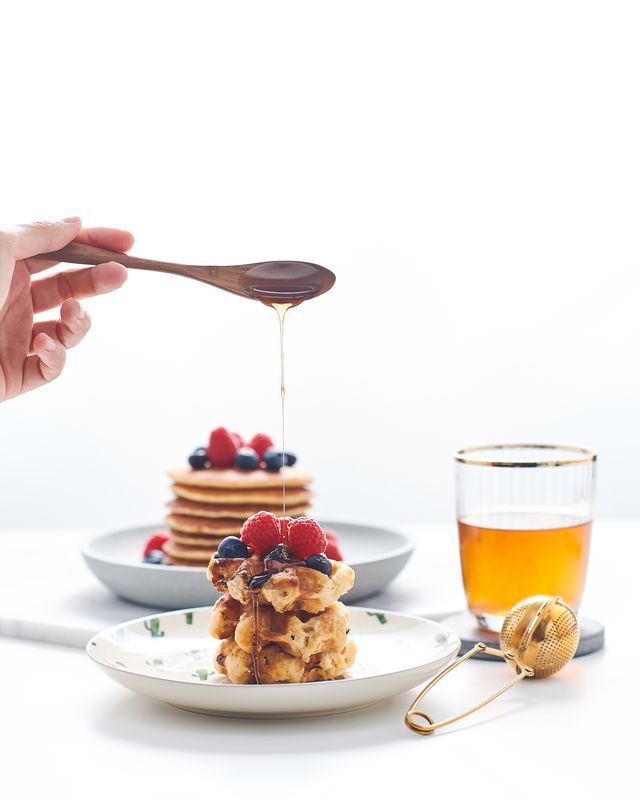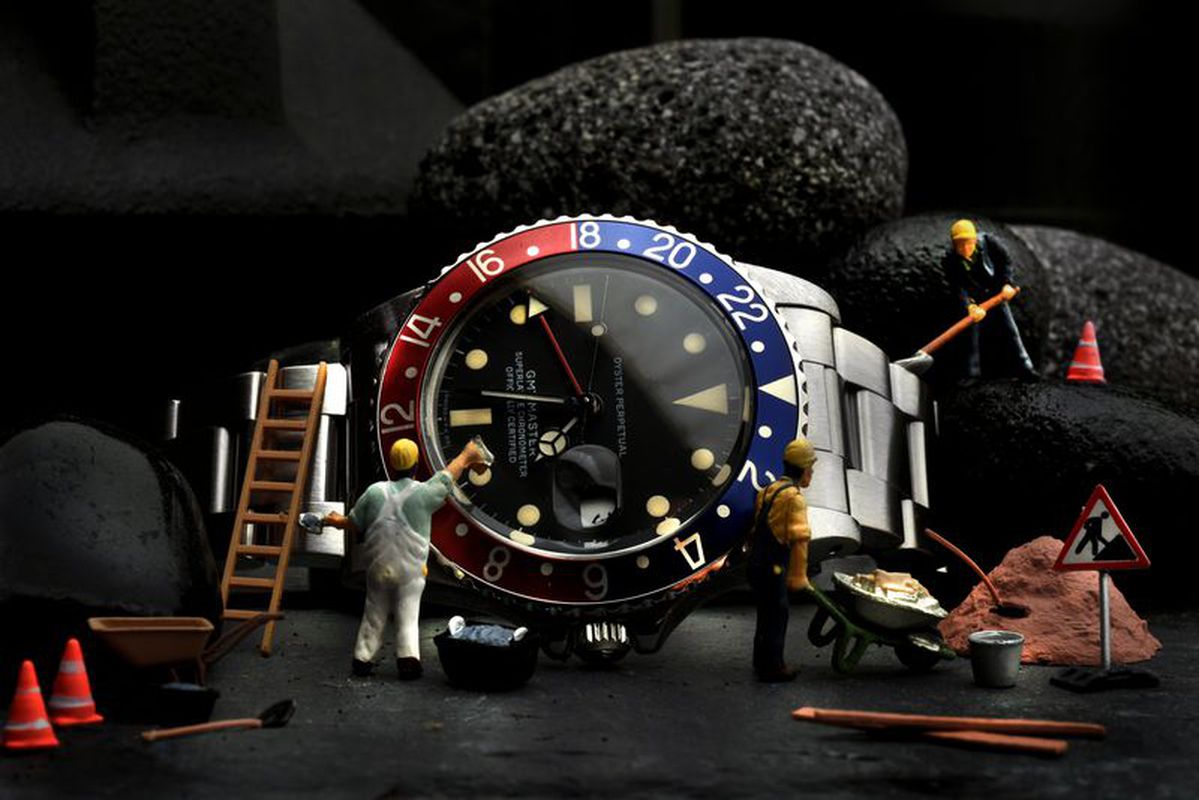Product photography is a unique blend of camera skills and creative flair. When everything comes together, you feel like a photography wizard conjuring up stunning photos. Here are five basic tips that will help you keep your product photography game strong!
#1 Set up the right kind of lighting
Spending time on your lighting setup before every shot is like your first morning coffee: crucial and non-negotiable. Being outdoors with natural light can work against you, especially when trying to bring out the right colours and avoid shadows in a shot.
Use a lower ISO and collapsible reflectors to throw some shade (literally) onto your subject or direct light into the frame at different angles. For indoor shoots, use a higher ISO with a shutter speed no slower than 1/60 to 1/200 when you don’t want artificial light interfering with your shot.
#2 Choose appropriate styling and backgrounds
You need styling when you have more than one object in a frame, but incongruent styling can result in messy frames or distracting backgrounds. You may love paisley prints, but the product probably doesn’t. When styling, stick to a colour theme and pick a style that matches the product’s “personality” or branding. Ideally, backgrounds should provide contrast without any distracting patterns.
#3 Watch the depth of field
Depth of field is the distance between the lens and the nearest and furthest objects in a shot. Lining up objects incorrectly can mess up the focal points in a shot. If you need more than one object to be in sharp focus, use a smaller aperture, making sure that both objects are equidistant from the lens.
#4 Remember to retouch your photos
Like frosting on a cupcake, retouching in post-production is an important step that helps you to show subjects at their best — and just like frosting, it takes your product photography from “yum” to “nomnomnom”. Retouching distracting backgrounds and blemishes can increase the chances of your photos being picked up for commercial use.
#5 But not too much post-production please!
Try to keep things as close to reality as possible. Staying with the cupcake analogy, you don’t want a cupcake that’s 90% frosting, i.e. going overboard during post-production. Keep retouching to a minimum and avoid over-colouring your photos. You want to show the product at its best, while staying faithful to its original colours and textures.













